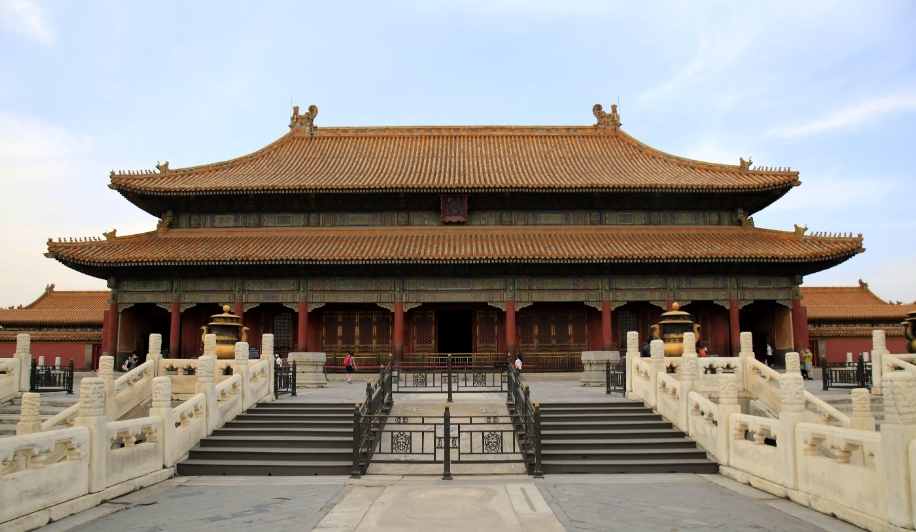
The Forbidden City: An Enduring Legacy
The Forbidden City, a magnificent complex of palaces and temples in the heart of Beijing, stands as a testament to China's imperial past. Having witnessed centuries of history, it's remarkable that this UNESCO World Heritage site has survived numerous threats, including the tumultuous period of the Cultural Revolution.
Early Threats and Near Misses:
- Foreign Invasions: The Forbidden City faced its share of danger throughout history. During the Second Opium War in 1860, Anglo-French forces occupied Beijing and threatened to burn down the palace complex. However, they ultimately refrained, opting to loot its treasures instead. This close call highlighted the vulnerability of this cultural treasure.
- Internal Strife: The fall of the Qing dynasty in 1911 brought further uncertainty. While some revolutionaries advocated for its destruction, seeing it as a symbol of oppressive rule, others recognized its historical and cultural significance. Fortunately, an agreement was reached to preserve the complex, with the last emperor, Puyi, allowed to reside within a portion of it.
The Cultural Revolution and Premier Zhou's Intervention:
The Cultural Revolution (1966-1976) posed a significant threat to China's cultural heritage, with widespread destruction of historical artifacts and sites. The Forbidden City, with its imperial past, was a prime target for the Red Guards, who saw it as a symbol of feudalism and "old thinking".
Recognizing the imminent danger, Premier Zhou Enlai, a prominent figure in the Communist Party, took decisive action. He issued a direct order dispatching an army battalion to guard the Forbidden City. This strategic move effectively shielded the complex from the Red Guards, preventing any potential damage or destruction.
Reasons for its Preservation:
Several factors contributed to the Forbidden City's survival:
- Zhou Enlai's Protection: Premier Zhou Enlai's decisive action during the Cultural Revolution was paramount in safeguarding the complex from destruction.
- International Attention: The Forbidden City's status as a globally recognized cultural landmark brought international attention and pressure, making it more difficult for any potential destruction to go unnoticed or unchallenged.
- Shifting Ideologies: As the Cultural Revolution waned, so did the fervor for destroying symbols of the past. A growing appreciation for China's cultural heritage emerged, contributing to the preservation of the Forbidden City.
The Forbidden City Today:
Today, the Forbidden City stands as a powerful symbol of China's enduring legacy. It attracts millions of visitors each year, serving as a reminder of the country's rich history and cultural heritage. The preservation of this architectural marvel serves as a testament to the power of cultural awareness, political intervention, and the enduring human spirit.
Q&A
1. Why did the Anglo-French forces choose not to burn down the Forbidden City in 1860?
While the exact reasons are debated, it is believed they opted to loot its treasures instead, possibly as a show of power and dominance over the Qing dynasty. Burning down the complex might have been seen as unnecessarily provocative and could have inflamed anti-foreign sentiment further.
2. What were the main arguments for preserving the Forbidden City after the fall of the Qing dynasty?
Proponents of preservation argued that the Forbidden City held immense historical and cultural value, representing centuries of Chinese art, architecture, and tradition. They believed it transcended its association with the fallen dynasty and served as a symbol of China's rich heritage.
3. How did international attention contribute to the preservation of the Forbidden City?
The international community recognized the Forbidden City's significance as a cultural treasure. Global awareness and potential condemnation of any harm inflicted upon it created pressure that likely influenced decisions regarding its protection.
note: This return of all, without the author's permission, may not be reproduced